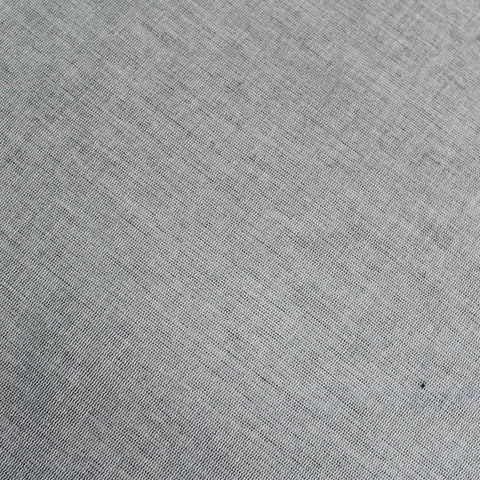When it comes to fabrics, distinguishing between cotton and polyester can be a challenge, especially for those who are not well-versed in textile knowledge. However, understanding the characteristics and properties of these two common fabrics is essential for making informed decisions about clothing and textile products. In this article, we will delve into the various methods and techniques to determine whether a fabric is cotton or polyester, providing you with the expertise to make accurate identifications.
Visual Inspection
One of the initial methods to differentiate between cotton and polyester is through visual inspection. Cotton fibers have a natural matte appearance and are known for their soft, breathable, and absorbent qualities. On the other hand, polyester fibers have a more lustrous and shiny appearance, resembling a synthetic sheen. By closely examining the fabric under good lighting, you can observe the visual characteristics that are indicative of either cotton or polyester.
Burn Test
A burn test is a reliable method to identify the composition of a fabric. When conducting a burn test, it is crucial to exercise caution and ensure safety measures are in place. To perform the test, take a small snippet of the fabric and hold it with a pair of tweezers. Use a lighter to ignite the fabric and observe the behavior of the burning fibers. Cotton will produce a steady, glowing ember and emit a smell similar to burning paper, while polyester will melt and produce a hard, bead-like residue with a chemical odor.
Microscopic Examination
For a more advanced approach, microscopic examination can be employed to analyze the fabric's fibers. Cotton fibers are typically twisted and irregular in shape, with visible kinks and occasional thickening along the length. In contrast, polyester fibers are smooth, uniform, and cylindrical in shape, often exhibiting a more consistent appearance under magnification. Utilizing a handheld microscope or magnifying lens can aid in identifying these distinct fiber characteristics.
Chemical Testing
Chemical testing, although less commonly utilized outside of professional textile laboratories, involves the use of specific reagents to determine the fabric composition. For instance, iodine solution can be applied to the fabric, with cotton fibers turning a blue-black color while polyester remains unaffected. While this method requires specialized knowledge and handling of chemicals, it can provide conclusive results in differentiating between cotton and polyester.
Fabric Blend Analysis
In some cases, fabrics may be a blend of cotton and polyester, further complicating the identification process. To ascertain the composition of a fabric blend, it may be necessary to seek the expertise of textile testing facilities that can conduct fiber analysis using advanced instrumentation such as infrared spectroscopy or chromatography. These techniques can accurately determine the percentage of cotton and polyester within the fabric blend, offering precise insights into its composition.
Conclusion
In conclusion, differentiating between cotton and polyester fabrics involves a combination of visual, physical, and chemical methods. By employing techniques such as visual inspection, burn tests, microscopic examination, and chemical testing, individuals can confidently identify the fabric composition. Whether for personal clothing choices or quality assessment in the textile industry, the ability to discern between cotton and polyester is a valuable skill that empowers informed decision-making.

